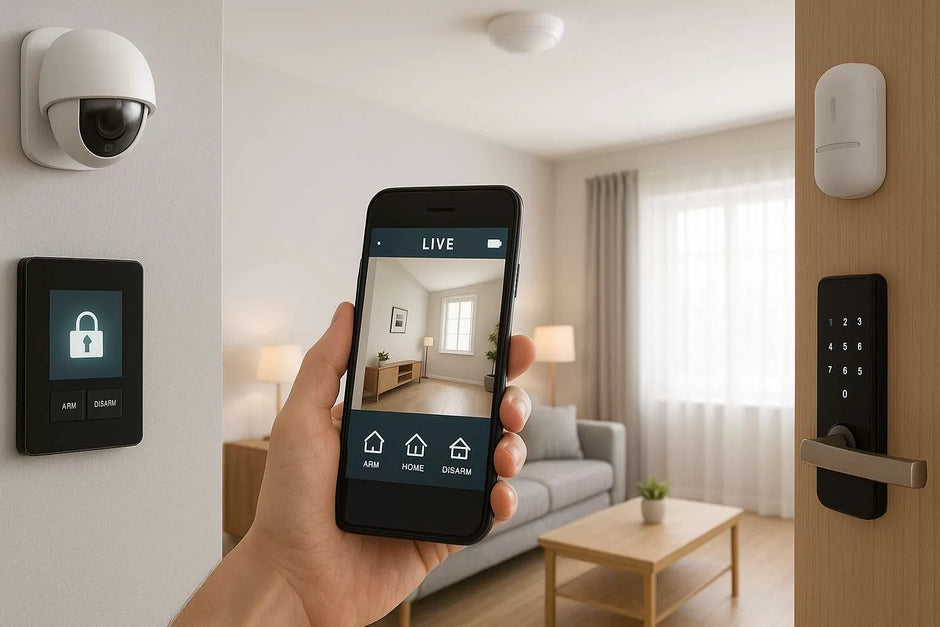Safety is one of the biggest concerns for anyone choosing where to live. Whether you're buying a home, moving to a new city, or just curious about your surroundings, knowing how safe your neighborhood is can bring peace of mind—and potentially help you avoid unpleasant surprises.
But how do you actually know how safe your neighborhood is? It’s not always obvious from a quick walk around the block. Here’s a step-by-step guide to help you find out.
1. Use Online Crime Mapping Tools
There are several free websites that provide detailed crime statistics for specific neighborhoods. These platforms use official police reports to map crime incidents by type, date, and location:
-
CrimeMapping.com
-
SpotCrime.com
-
NeighborhoodScout
-
CityProtect
-
Local police department websites
Look for patterns over time: are incidents increasing or decreasing? What types of crimes are most common—property crimes, violent crimes, or nuisance complaints?
2. Check Local Police Reports or Apps
Many police departments release weekly or monthly crime reports. Some even have apps or email alerts that notify residents about crimes in real time. Sign up for updates if available—it's one of the most direct ways to stay informed.
3. Explore Community Forums and Apps
Sometimes, the best insights come from your neighbors:
-
Nextdoor
-
Reddit (search for your city or neighborhood)
-
Facebook community groups
These platforms are full of real-time updates, opinions, and experiences from people living right where you are. Keep in mind: anecdotal information is helpful, but always balance it with official data.
4. Visit at Different Times of Day
Spend time in the neighborhood during the day, at night, and on weekends. Is it well-lit at night? Are people out walking? Do you see signs of vandalism, loitering, or frequent police activity? Your instincts can often pick up on subtle cues that data can’t show.
5. Talk to the Locals
If you're new to the area, talk to neighbors, local shop owners, or mail carriers. Ask if they feel safe, what issues they’ve noticed, and whether the neighborhood has changed over time. Most people are happy to share their perspective if asked respectfully.
6. Check School Safety Scores
Even if you don’t have kids, school safety scores can be a good indicator of overall neighborhood stability. Websites like GreatSchools.org offer safety-related reviews and incident reports.
7. Research Property Values and Trends
Rising or stable property values can sometimes indicate a safe, well-maintained area. On the flip side, rapidly falling home prices may signal concerns. Use Zillow or Realtor.com to check home value trends and compare across neighborhoods.
8. Review Local Government and Community Initiatives
Look into whether there are active neighborhood watch programs, regular town hall meetings, or community outreach events. A community that's actively engaged in its own well-being is more likely to stay safe and connected.
Final Thoughts
No neighborhood is perfect, but knowledge is power. The more informed you are, the better decisions you can make—whether that’s locking your doors more often, getting involved in a local safety group, or deciding where to raise a family.
Safety starts with awareness. Take the time to research, observe, and ask questions. You deserve to feel secure where you live.








